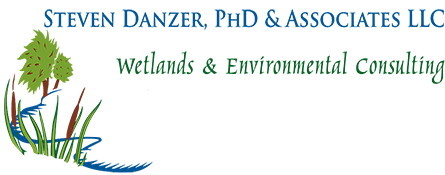What’s Involved in Wetland Soil Testing?
Planning a new building project is exciting, whether it’s for an existing property or a parcel of land that you just purchased. However, regardless of the situation, many people think that the town map is enough when determining if a wetland exists and its boundaries. But once you start applying for permits, you may uncover that trusting the town map is a large mistake that can lead to inaccurate, costly and time-consuming decisions. This is the reason why wetland soil testing is so important. A soil scientist is the only person with the professional training who can truly determine if a wetland exists and accurately map its boundaries. You might be wondering what’s involved in this process, and what you can expect.
Everything Starts With the Soil
All towns and cities in the state of Connecticut have local wetland regulations, which are closely patterned after the state regulations. It’s important to not only understand if there’s a wetland present on your property, but also where it begins and ends.
To gather this information, a soil scientist can test your soil. From this testing, he or she can not only determine if a wetland is present on your property, but also what type of wetland is present. This information is important to know to understand how to apply the town wetland regulations.
For example, “inland wetlands” are defined by state and local laws by the soil type, which is classified as “poorly drained soils” or “very poorly drained soils.” In contrast, watercourses are defined by having “floodplain” or “alluvial” soils. “Tidal wetlands”, also known as salt marshes, are defined by their potential connection to saltwater bodies.
Engaging a soil scientist to administer these soil tests is the starting point for understanding the wetland on your property, and how it might affect any building plans you have.
What’s Involved in a Wetlands Survey?
Many people are curious about what steps are involved in a wetlands survey. Using a soil scientist makes this process fairly simple, because the scientist will visit your property and gather the samples needed to assess the soil. Testing that confirms there is a wetland present on the property will result in the scientist marking the boundary for the property owner. If no wetlands are found on the property, then the property owner is notified as well.
A formal certification report is also issued for the property owner, which the owner can then use during the permitting process.
Do you have questions? If so, please call us at 203-451-8319, contact us online, or email us at danzer@ctwetlandsconsulting.com. We can assist with a variety of wetland-related questions and provide dependable and accurate information.
